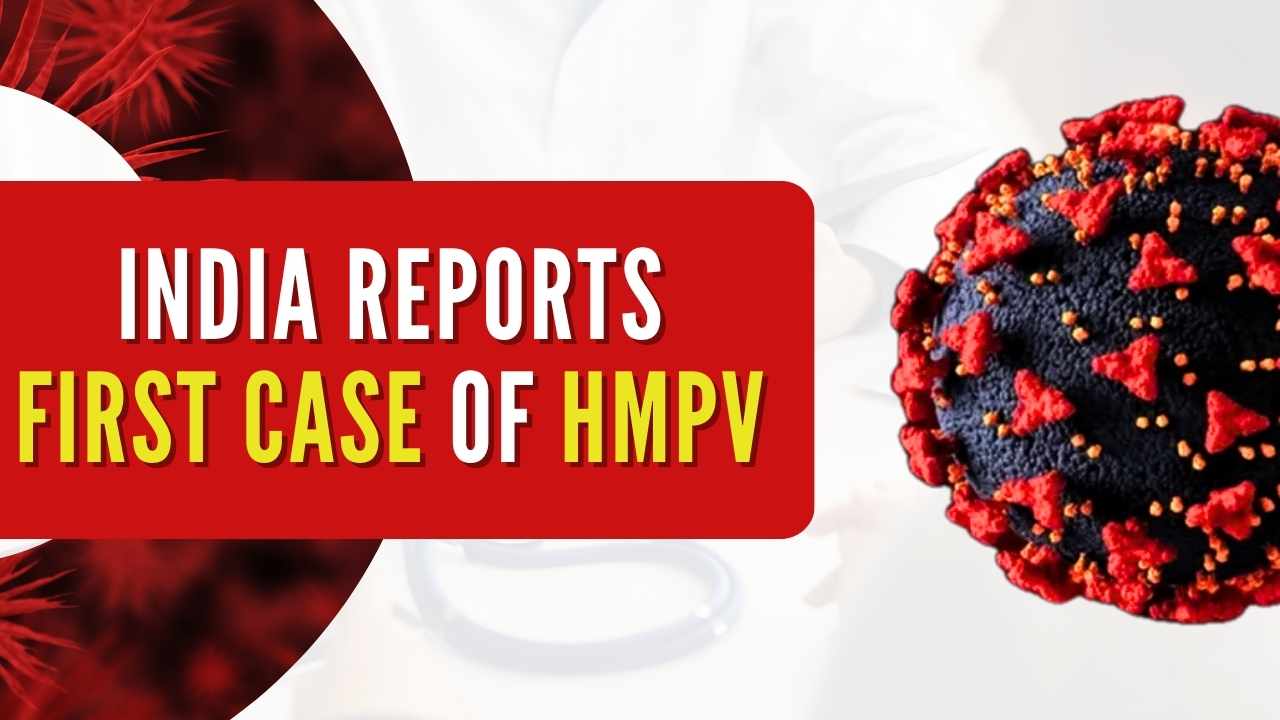Monitoring Human Metapneumovirus in India

The Human Metapneumovirus (HMPV) has been a global health concern since its discovery in 2001. Recently, India has reported a total of 59 cases across 11 states and Union Territories from January 6 to January 29, 2025. Despite these cases, the Integrated Disease Surveillance Programme (IDSP) indicates no unusual rise in Influenza Like Illness (ILI) or Severe Acute Respiratory Illness (SARI) across the country. The Indian Council for Medical Research (ICMR) has also confirmed this through its sentinel surveillance data. In response to the situation, the Union Ministry of Health and Family Welfare has implemented several measures to monitor and control the spread of HMPV. This article explores the current status of HMPV in India and the government’s proactive steps to manage the situation.
Current Status of HMPV Cases in India
As of late January 2025, India has reported 59 confirmed cases of HMPV. These cases have emerged from 11 different states and Union Territories. The data collected by the IDSP shows that there has been no significant increase in cases of ILI or SARI, which are often associated with respiratory viruses. This stability is crucial as it indicates that the situation is under control, at least for now.
The ICMR’s sentinel surveillance data supports these findings, suggesting that the public health system is effectively monitoring respiratory illnesses. The government remains vigilant, ensuring that any potential outbreaks are quickly identified and managed. The presence of HMPV, while concerning, has not yet led to widespread illness or panic. However, the health authorities are taking no chances and are prepared to act swiftly should the situation change.
Government Measures to Control HMPV Spread
In light of the reported cases, the Union Ministry of Health and Family Welfare has activated the Public Health Emergency Operation Centre (PHEOC) at the National Centre for Disease Control (NCDC). This activation began on January 6, 2025, and aims to facilitate regular monitoring of the HMPV situation. The PHEOC is responsible for compiling and sharing daily situational reports with relevant stakeholders, ensuring that everyone is informed about the current status of HMPV in the country.
Additionally, states and Union Territories have been advised to remain vigilant. They are encouraged to send respiratory samples from hospitalized SARI cases to designated Virus Research and Diagnostic Laboratories (VRDLs) for testing and sequencing. This proactive approach allows for timely identification of HMPV cases and helps in understanding the virus’s spread. The government has also emphasized the importance of a robust surveillance system for ILI and SARI, which is already in place through the ICMR and IDSP networks.
Public Awareness and Preventive Measures
To combat the spread of HMPV, the government is focusing on public awareness campaigns. These campaigns aim to educate the population about the symptoms of HMPV and the importance of preventive measures. Simple actions can significantly reduce the risk of transmission. The government advises frequent handwashing with soap and water, avoiding contact with unwashed hands, and steering clear of close contact with individuals exhibiting symptoms of respiratory illness.
Moreover, the public is encouraged to cover their mouths and noses when coughing or sneezing. These measures are essential in preventing the spread of respiratory viruses, including HMPV. The government has also conducted preparedness drills nationwide to ensure that the health system is ready to handle any seasonal increase in respiratory illnesses.
Collaborative Efforts and Future Preparedness
The government has engaged in multiple meetings involving key stakeholders, including health officials, researchers, and experts from various health organizations. These discussions focus on reviewing the current status of respiratory illnesses in India and assessing the situation regarding HMPV cases. Stakeholders include the Department of Health Research, the Director General of Health Services, and officials from the ICMR and National Institute of Virology.
States have been urged to strengthen their ILI and SARI surveillance systems. This collaborative effort is crucial in ensuring that any rise in cases is promptly addressed. The proactive measures taken by the government reflect its commitment to public health and safety. As the situation evolves, continuous monitoring and public awareness will remain vital in managing HMPV and other respiratory illnesses effectively.
Observer Voice is the one stop site for National, International news, Sports, Editor’s Choice, Art/culture contents, Quotes and much more. We also cover historical contents. Historical contents includes World History, Indian History, and what happened today. The website also covers Entertainment across the India and World.

